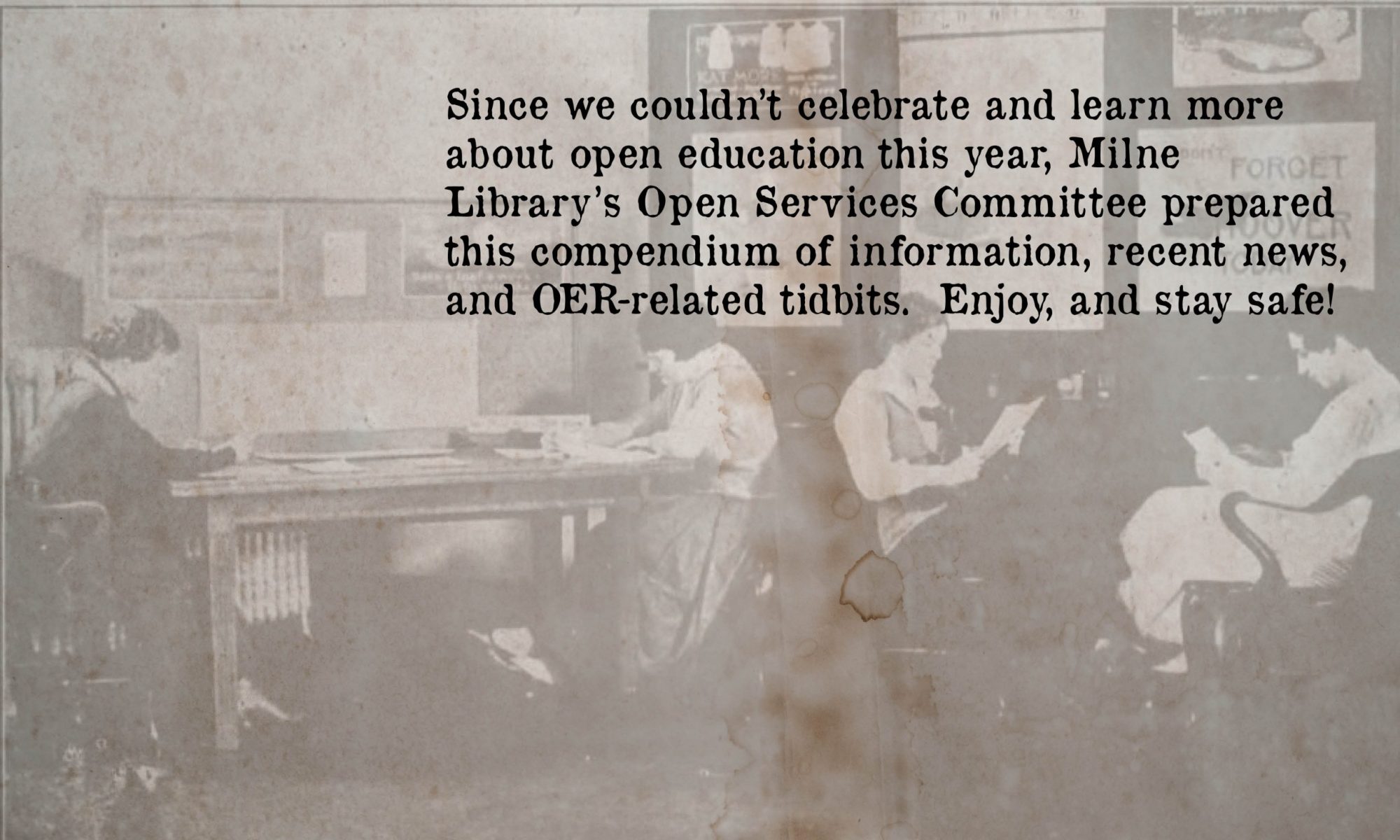Allison Brown
Two examples of OER creation in Geneseo’s Math department are Gary Towsley’s Real Analysis and the creation of a Geneseo edition of a set of popular OER calculus texts by Doug Baldwin, George Reuter, Chris Leary, Gary Towsley, and Lisa Smith.
Towsley’s original motivations for creating his Real Analysis text were to provide definitions, theorems, and explanations to students “so that they would spend less effort in producing notes and more effort in listening and understanding.” He also noted that the same text he used as a student that was $4 at the time cost $180; he preferred to create a no cost option for his students.
Although it was a challenge to update it yearly, the text was improved by student’s suggestions of adding examples and clarifying proofs, and eventually by the creativity and care of the peer reviewer.
The calculus project differed slightly as the project started with an already published OER. Baldwin commented, “The major motivation was the woeful state of copyediting that the OER versions of the textbooks had received, and the slow pace of corrections by Openstax. A secondary motivation was the opportunity to make sure material was placed in books and ordered within them the way it is in our courses.” Faculty that use these texts in their courses pair them with WeBWorK, allowing the course to have no costs passed on to the students.
The major challenge of the calculus project was finding the time to dedicate to localizing the text, and as a result much of the work was done during the summer. However the result of a high quality, localized text that multiple sections of calculus have adopted so the students can access their materials at no cost.
These two local creations are just a couple examples of OER use in the mathematics department, where Geneseo has seen the highest rate of OER adoption over the past few years.

